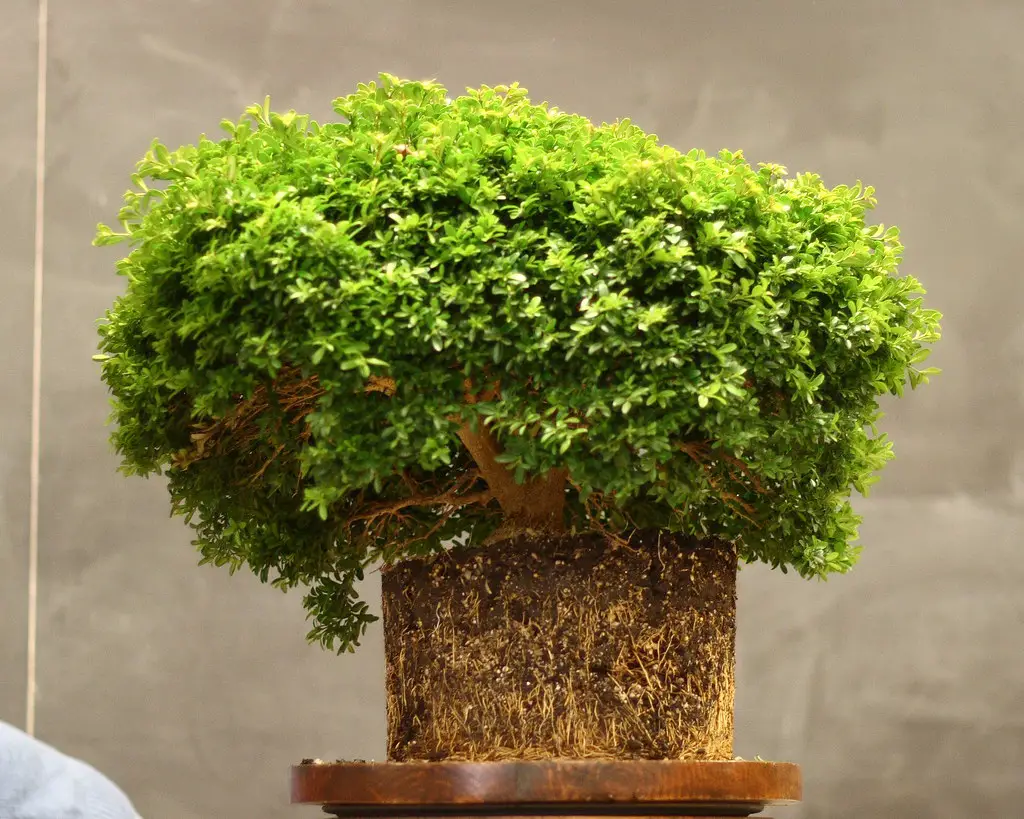Boxwood, an evergreen shrub recognized for its dense, green foliage, serves as a foundational plant in many gardens. It’s versatile and easily shaped into formal hedges, topiaries, or simply as an ornamental feature in garden beds. Its compact and symmetrical growth habit gives an elegant touch to the landscape.
The plant has been a popular choice in European and North American gardens for centuries. Its ability to thrive in various climates, coupled with its minimal care requirements, makes it an attractive choice for both novice and expert gardeners.
With its range of species and cultivars, Boxwood offers different sizes and growth characteristics, making it a fitting choice for various landscape designs. Its rich history, adaptability, and ornamental appeal ensure its continued popularity in modern gardens.
| Attribute | Details |
|---|---|
| Common Names | Boxwood, Common Box |
| Botanical Name | Buxus sempervirens |
| Family | Buxaceae |
| Plant Type | Evergreen Shrub |
| Mature Size | 2-12 feet tall, depending on the species |
| Sun Exposure | Full Sun to Part Shade |
| Soil Type | Well-drained, loamy, and slightly acidic soil |
| Hardiness Zones | 4-9 |
| Native Area | Europe, Asia |
Boxwood Care
Caring for Boxwood is relatively uncomplicated, though attention to its basic needs will ensure it thrives. Properly selecting a planting location that meets its light and soil requirements will set the plant up for success. Regular pruning maintains its shape and encourages dense growth.
Watering should be consistent but not excessive, as the Boxwood does not tolerate soggy soil. During the winter, protection from harsh winds and excessive sun can prevent potential damage.
Light Requirement for Boxwood
Boxwood grows best in full sun to part shade. While it can tolerate heavy shade, insufficient sunlight may result in sparse and leggy growth. Ensuring a location with at least partial sun promotes healthy and dense foliage.
Soil Requirements for Boxwood
Boxwood prefers well-drained, loamy, and slightly acidic soil with a pH of 6-7. Though adaptable to various soil types, poor drainage can lead to root rot. Amending heavy clay or sandy soils with organic matter can create an ideal growing environment.
Water Requirements for Boxwood
Regular watering is essential for newly planted Boxwood to establish roots. Mature plants are moderately drought-tolerant but appreciate consistent moisture. Overwatering or poorly drained soils should be avoided, as this can cause root diseases.
Temperature and Humidity
Boxwood is hardy in a wide range of temperatures but can suffer from winter burn in particularly cold climates or excessive wind. Providing a sheltered location or winter protection can mitigate this. It generally tolerates a range of humidity levels.
Fertilizer
Fertilizing Boxwood in early spring with a balanced, slow-release fertilizer encourages healthy growth. It’s typically not a heavy feeder, and over-fertilizing can lead to weak growth and increased susceptibility to diseases.
Pruning Boxwood
Regular pruning maintains the shape and density of Boxwood. It’s typically pruned in late winter or early spring before new growth begins. Light pruning throughout the growing season can also be performed to maintain a specific shape.
Propagating Boxwood
Boxwood can be propagated through stem cuttings, typically taken in late summer. The cuttings should be rooted in a well-draining soil mix and kept moist until rooted.
How To Grow Boxwood From Seed
Growing Boxwood from seed is a slow process, often taking several years to produce a sizeable plant. Seeds should be sown in a cold frame in autumn or spring and kept consistently moist.
Common Pests & Plant Diseases
Boxwood Blight
A serious fungal disease that can cause defoliation.
Leaf Miners
Tiny larvae that feed within the leaves, causing discoloration.
Common Problems With Boxwood
Root Rot
Overwatering or heavy soils can lead to root rot. Proper watering and soil preparation can prevent this.
Winter Burn
Caused by winter sun and wind, it can be mitigated by planting in sheltered locations or providing winter protection.
Pro Tips
- Choose the right location that provides adequate sun and well-drained soil.
- Avoid planting too deeply; the root flare should be visible at the soil surface.
- Prune in late winter to early spring for best results.
- Monitor for signs of disease or pests, as early detection leads to more effective treatment.
- Provide winter protection in harsh climates to prevent winter burn.



